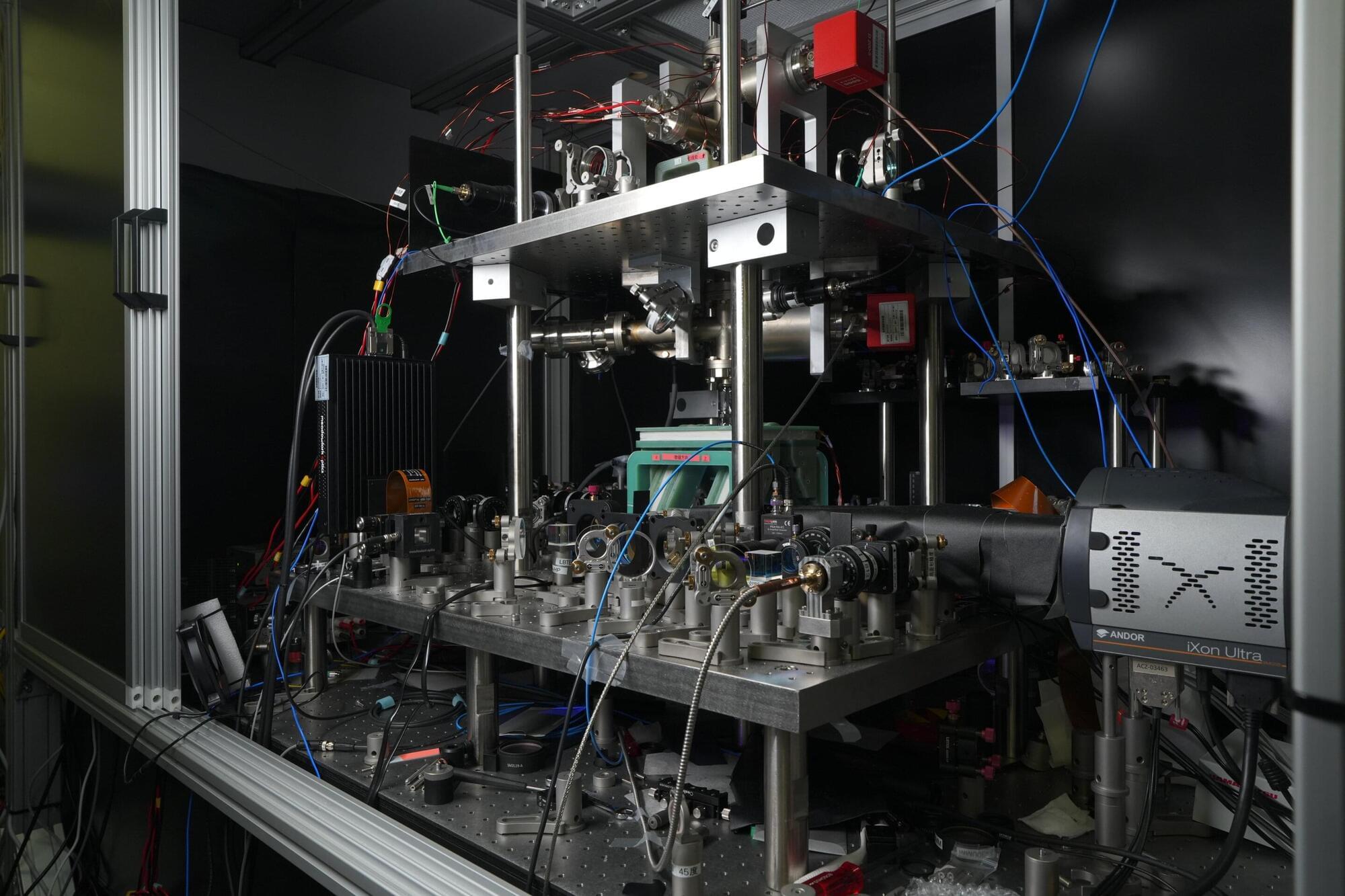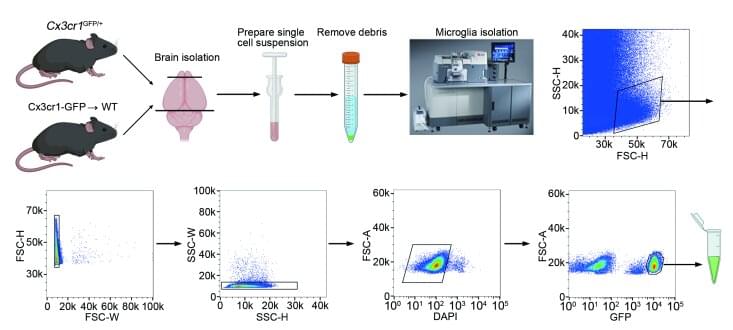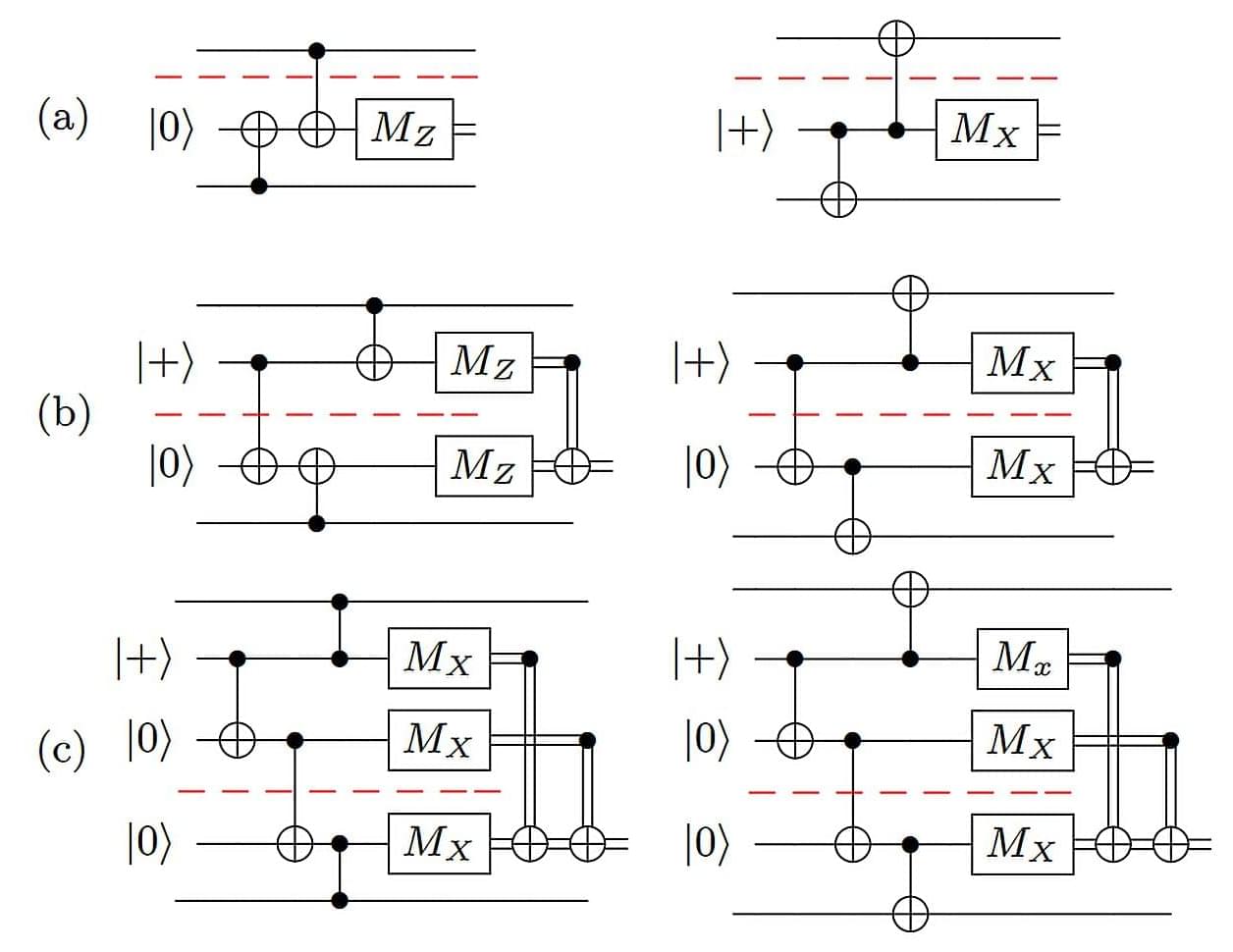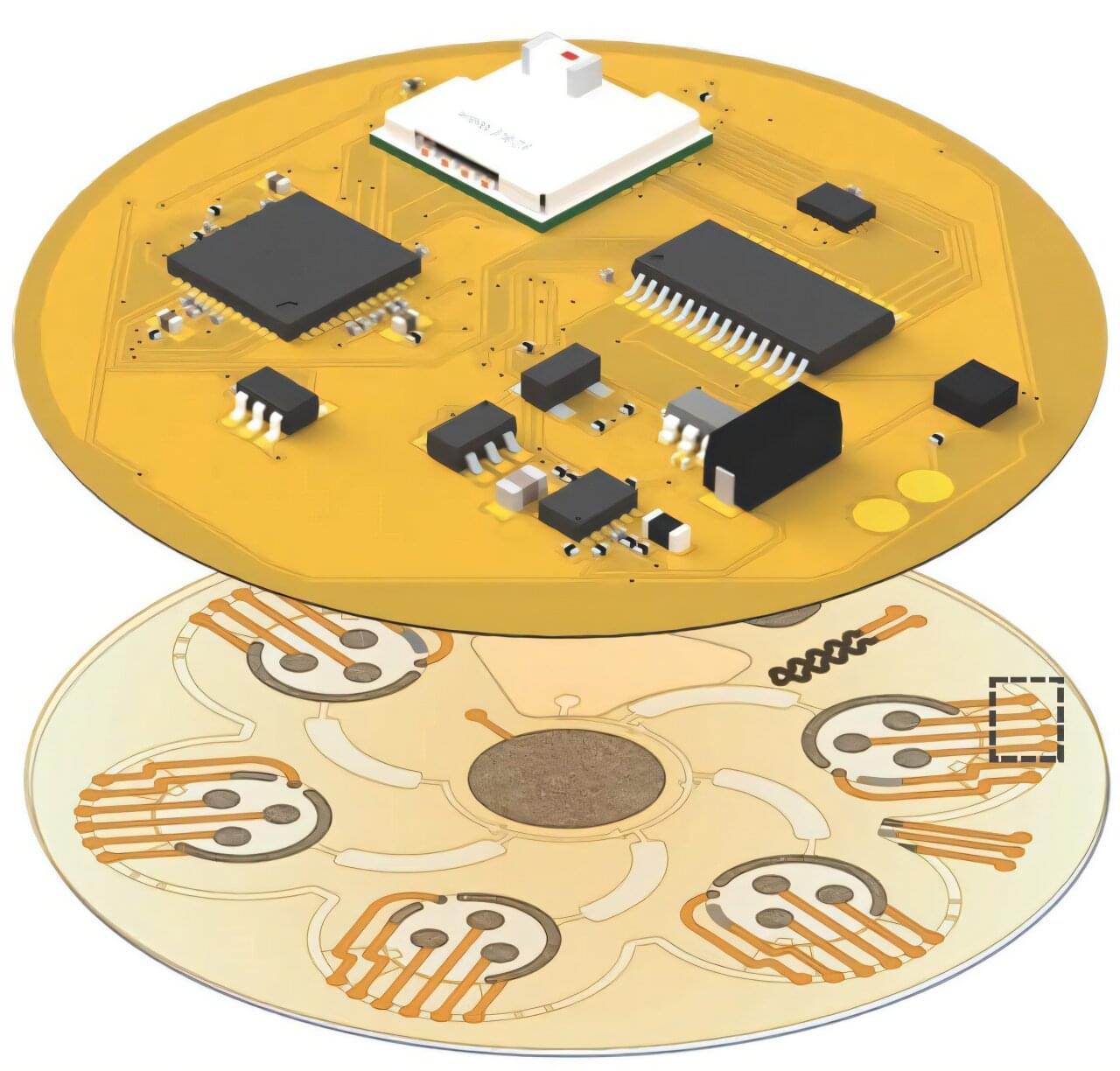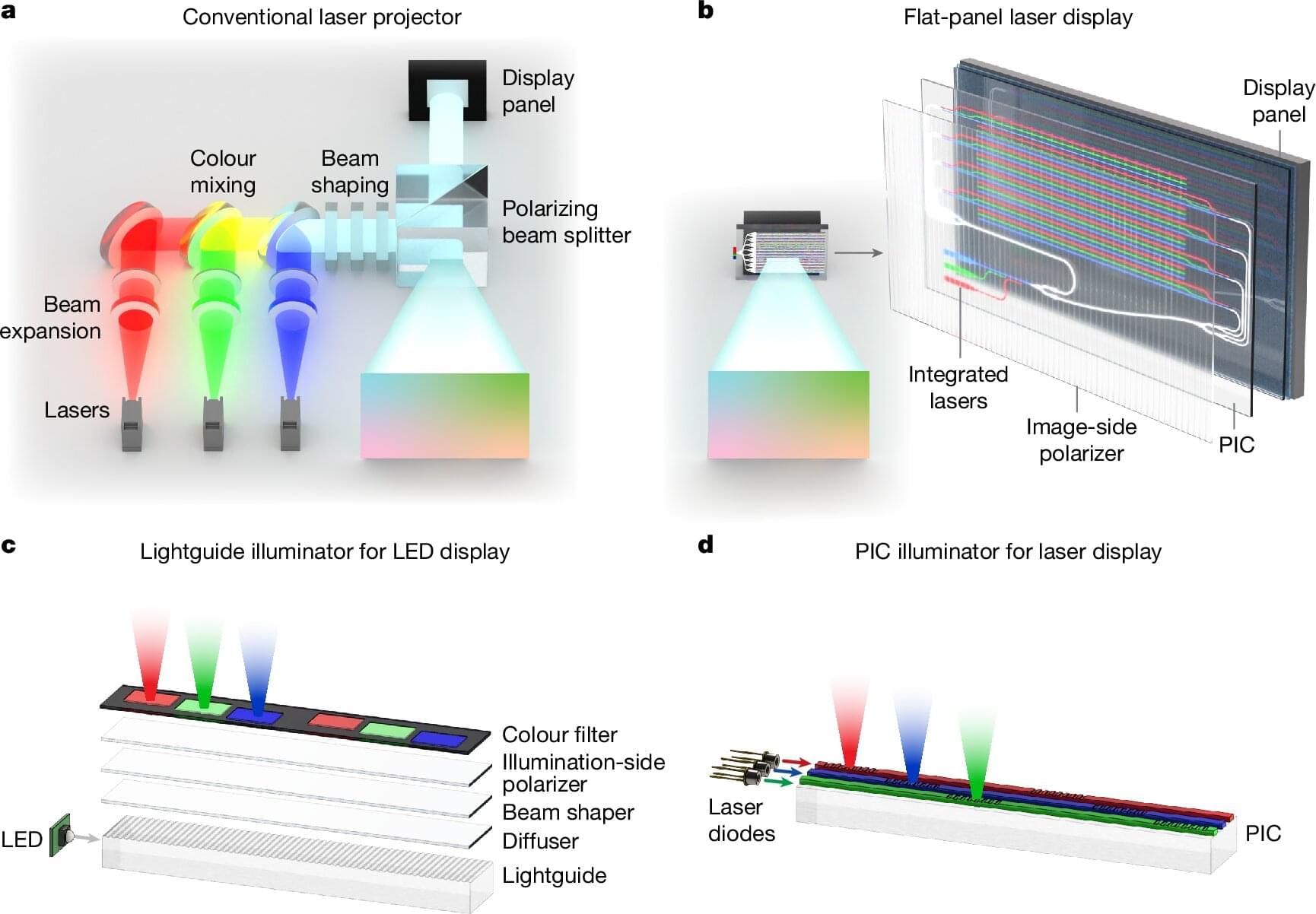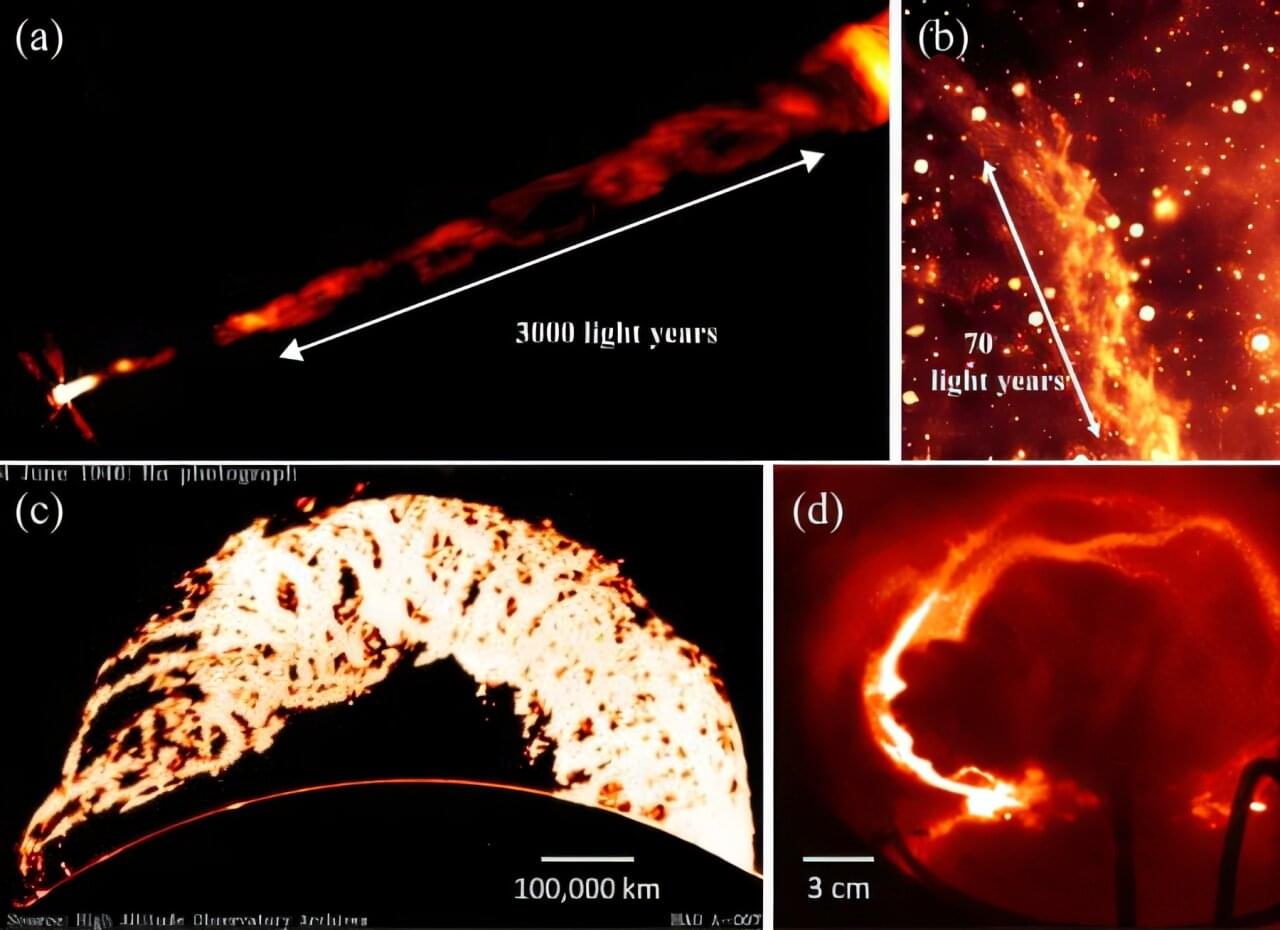Questions to inspire discussion.
AI and Supercomputing Developments.
🖥️ Q: What is XAI’s Colossus 2 and its significance? A: XAI’s Colossus 2 is planned to be the world’s first gigawatt-plus AI training supercomputer, with a non-trivial chance of achieving AGI (Artificial General Intelligence).
⚡ Q: How does Tesla plan to support the power needs of Colossus 2? A: Elon Musk plans to build power plants and battery storage in America to support the massive power requirements of the AI training supercomputer.
💰 Q: What is Musk’s prediction for universal income by 2030? A: Musk believes universal high income will be achieved, providing everyone with the best medical care, food, home, transport, and other necessities.
🏭 Q: How does Musk plan to simulate entire companies with AI? A: Musk aims to simulate entire companies like Microsoft with AI, representing a major jump in AI capabilities but limited to software replication, not complex physical products.

